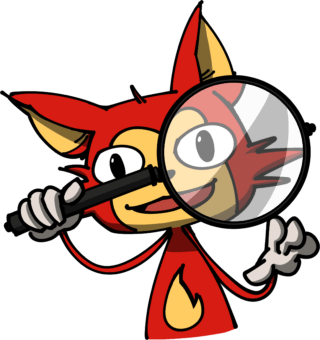MMseqs2 App and Server
MMseqs2 is a software suite to search and annotate huge sequence sets. We built a graphical interface to make it more useful for interactive data exploration. Check out an live instance here.
The application runs either:
- on your workstation as a cross-platform desktop application with the help of the electron framework
- on your server through docker-compose, where it can make your sequence or profile databases easily accessible over the web
Desktop App
Head over to the release page and download the latest version. We currently support Linux, macOS and Windows.
Adding a search database
Once the app is installed, open the Settings panel. There you can add either sequence databases in FASTA format, such as our Uniclust databases or profile databases in Stockholm format, such as the PFAM.
Web app quickstart with docker-compose
Make sure you have docker (>=17.05), docker-compose (>=1.20.0) and git installed on your server.
To start the MMseqs2 web server execute the following commands. Afterwards you can navigate to http://localhost:8877 on a webserver to access the interface.
# clone the repository
git clone https://github.com/soedinglab/MMseqs2-App.git
# navigate to our docker recipes
cd MMseqs2-App/docker-compose
# download the uniclust sequence database
./examples/uniclust/setup.sh
# start the server with docker-compose
docker-compose upBy default, the server will start on port 8877. You can edit the .env file in the docker-compose directory to change this port.
Head over to the Docker recipe readme for more details on running your own server, including how to add your own sequence or profile databases. Take a look at the API documentation to learn how to talk to the server backend.
Building the desktop app
You need to have git, go, node, npm and make installed on your system.
Afterwards run the following commands, and the apps will appear in the build folder.
# clone the repository
git clone https://github.com/soedinglab/MMseqs2-App.git
cd MMseqs2-App
# install all dependencies
npm install
# build the app for all platforms
npm run electron:build
